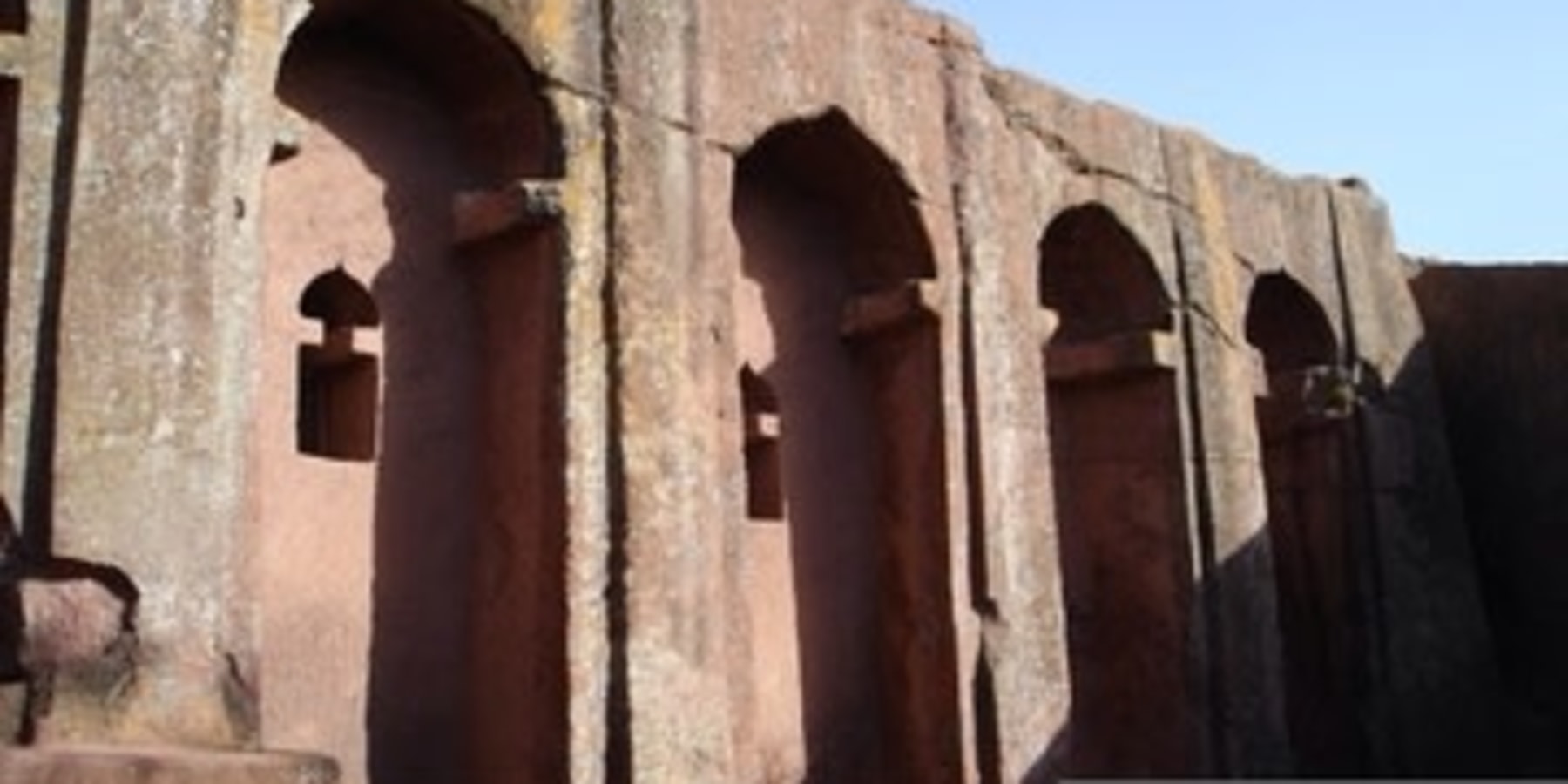
Major sites and attractions of Ethiopia
Ethiopia’s sites and attractions are innumerable and diverse, and no one can not list them all. Among the many diverse attractions, the following are the major one in brief.
Historical Ethiopia
Ethiopia, the oldest independent nation in Africa, has a heritage dating back to the first century AD. Traders from Greece, Rome, Persia and Egypt knew of the riches of what is now Ethiopia, and by the first century AD, Axum was the capital of a great empire. This realm became one of the first Christian lands of Africa.
Natural beauties of Ethiopia
Ethiopia is a land of natural contrasts, from the tops of the rugged Simien Mountains to the depths of the Danakil Depression, at 120 meters below sea level one of the lowest dry land points on earth. The cornucopia of natural beauty that blesses Ethiopia offers an astonishing variety of landscapes.
People and Culture
Ethiopia is one of the world's great crossroads, where the people's and cultures of Africa, the Middle East, and the Mediterranean have been interacting for thousands of Years. The resulting ethnic and cultural diversity has given rise to many unique and dynamic visual traditions. A strong religious setting.
Archaeological Attraction
A Land of Discovery
Ethiopia is the earliest known home of humankind. A skeleton of an older human ancestor Australopithecus Afarensis was discovered in 1974 in the Afar region. Anthropologists have established that the skeleton covering 40% of the human body had belonged to a twenty-years-old female that lived 3.5 million years ago.
Registered by the United Nations Education, Science, and Culture Organization (UNESCO) as a World Heritage, the site of the discovery is called Hadar - situated 160 kilometers northeast of Addis Ababa.
The Skeleton is popularly known as Lucy or Dinkinesh. The discovery has completed the missing link between apes and men - paving the way for the search to human origins.
In addition, the earliest known hominid, 4.4 million years old Ardipithecus Ramidus was discovered in the Middle Awash in 1992. The recent discoveries include Australopithecus Garhi, 2.5 million-years-old hominid. Garhi means 'surprise' in the Afar language - a language spoken in the internationally acclaimed archeological site. Discovered by an international team led by Ethiopian Anthropologist Berhane Asfaw in the Middle Awash, Garhi is said to be a surprising hominid shaking the family tree. Paleontologist Tim White of the University of California at Berkeley was also the CO-leader of the team. The species discovered by the team is descended from Australopithecus Afarensis and is a candidate ancestor for early Homo.
Bones from antelopes and horse were found 278 meters from the site of Garhi skull fragments at the same layer of sediment. "The bones show unmistakable gashes left by stone tools: the animals were butchered, the meat cut away, and the bones hammered open to extract marrow. This is by far the earliest proof of tool-based butchery and may well provide the evolutionary driver that led to big-brained humans.
Archeological Attractions
The remains of "Lucy" which date back 3.5 million years and the recent discovery of amidas, a 4.4 million year old hominid fossil, mark Ethiopia as the cradle of mankind. Both were discovered in Haddar, along the Awash river, in the east of the country. They completed the missing link between apes and men.
Melka Konturie is also an important archeological site. Here 1.5 million year old stone tools were found. Several cave paintings and stone monuments are located in different parts of the country, namely Dilla, in the South and Dire Dawa, in the east.
Lucy
Lucy, 3.5 million years old, and the recent discovery Ramides, 4.4 million years old hominid fossil, are discovered in Haddar, along the Awash River, east of the country. They completed the missing link between Apes and men.
Melka Konture is also an important archaeological site where 1.5 million years old stone tools were found. Several cave paintings and stone monuments are found in different parts of the country like Dilla, southern Ethiopia and Dire Dawa, eastern Ethiopia.
Hominids
Fragments of a frontal bone and of a femur were recovered in the Pliocene Formations of Maka. In the Middle Pliocene Formation of Bodo d'Ar, dated to 300,000 - 150,000 years, a frontal and other remains of a human skull were discovered in 1976. This fossil probably belongs to an archaic Homo Sapiences.
Homo Sapiens
The fossil skulls known as Omo I and II come from the kibish formation (200,000/100,000 years ago) in the Omo Valley. Not withstanding the presence of some archaic features, such as the thickness of the cranial walls, the appearance of modern anatomical features, the elevated frontal and the presence on the mandible of Omo I of a real bony chin, allow them to be considered, without doubt, close to Homo Sapiences Sapiences.
Up on request, we can arrange a tour program to discover these archaeological sites and if necessary with a combination of other attractions.

